The irrigation system in the Mekong Delta has now helped over 90% of the area to be proactive in water resources. However, to bring water from the main canals to the fields and drain water when necessary, especially to successfully apply alternating flooding and drying on a large scale, the intra-field irrigation system is facing many limitations.
In the context of rice production having to adapt to climate change and major changes in weather, and meeting emission reduction requirements, upgrading and improving the inland irrigation system in the Mekong Delta is very necessary.

There needs to be a separate policy to develop the internal irrigation system. Photo: Nguyen Thuy .
In the Mekong Delta, inland irrigation not only serves rice production, but also orchards. Therefore, in addition to bringing water from secondary canals to the fields, inland canals also store water during the dry season to irrigate orchards.
Mr. Le Thanh Tung, Permanent Vice President and General Secretary of the Vietnam Rice Industry Association, said that intra-field canals are also places to store water to supply water during the dry season and drain water when the fields are flooded. Intra-field canals also create favorable conditions for transporting rice in the fields.
With the important roles of inland irrigation, Associate Professor Dr. Nguyen Dinh Vuong (Southern Institute of Water Resources Research ) said that it is necessary to supplement policies, even have separate policies to develop inland irrigation. This policy is not only applied to the rice granary of the Mekong Delta but also to the whole country.
To ensure good irrigation and drainage in the field irrigation system, it is necessary to separate irrigation canals and drainage canals. Only then can the alternating flooding and drying method be effectively applied.
At the same time, it is necessary to promote socialization in the form of public-private partnership in the management and operation of the internal irrigation system. To promote socialization, it is necessary to continue to link internal irrigation with the commune level in the two-level local government, promote the development of agricultural cooperatives, irrigation cooperatives, service cooperatives or water user cooperatives... Through such cooperatives and cooperatives, people will participate in the management and operation of irrigation works.

Inland irrigation plays a key role in the success of the 1 million hectare high-quality rice project, reducing emissions. Photo: Nguyen Thuy .
At the same time, it is necessary to build a mechanism to operate the internal irrigation system. Currently, large irrigation systems have been operated very well, but the operation of internal irrigation systems to bring water from secondary canals to the fields still has many limitations.
In addition, it is necessary to promote the development and expansion of smart rice production models, reducing emissions through the application of IoT and Scada systems, using sensors to accurately measure the amount of water needed in the growth cycle of rice plants, thereby having appropriate irrigation plans to save water and reduce emissions.
Forecasting also plays an important role in the appropriate and efficient use of water in the fields.
According to Associate Professor Dr. Nguyen Dinh Vuong, in recent times, the Southern Institute of Water Resources Research and other agencies have done a good job in forecasting saltwater intrusion and water resources in the Mekong Delta.
In the coming time, it is necessary to continue to improve the quality of water resource forecasting, such as real-time forecasting, forecasting close to each field and plot.
Associate Professor, Dr. Nguyen Dinh Vuong affirmed that in-field irrigation is the key factor determining the success of the Project of 1 million hectares of high-quality rice, reducing emissions and linking with green growth in the Mekong Delta.
Source: https://nongnghiepmoitruong.vn/can-chinh-sach-rieng-de-phat-trien-thuy-loi-noi-dong-d784485.html










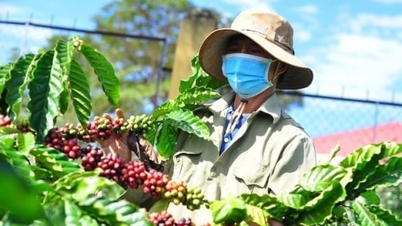
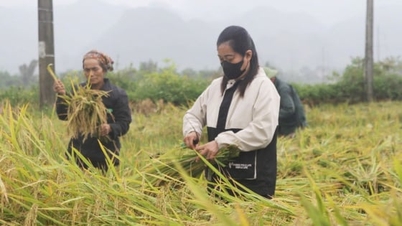
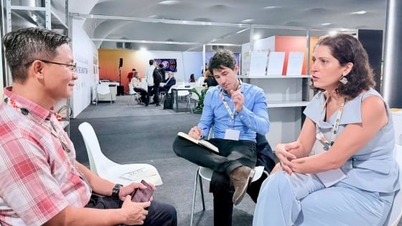







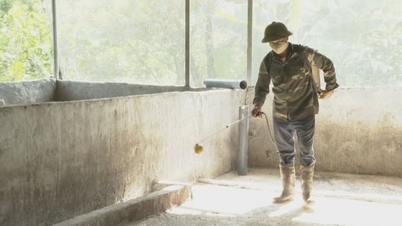
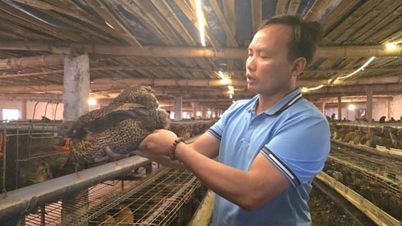






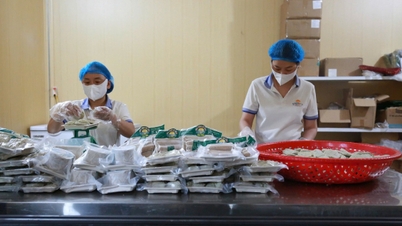
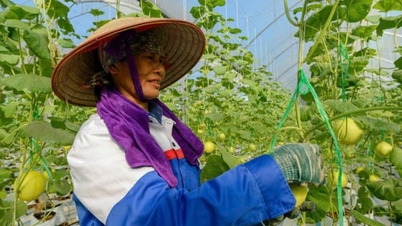

![35 years of building a high-quality cattle herd: [Last article] Continuing achievements](https://vphoto.vietnam.vn/thumb/402x226/vietnam/resource/IMAGE/2025/11/18/1763418782764_5239-anh-gia-trai-bo-o-ca-1-1-nongnghiep-175228.jpeg)
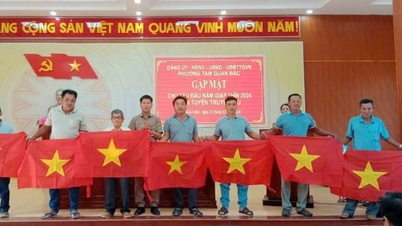

![[Photo] General Secretary To Lam and National Assembly Chairman Tran Thanh Man attend the 80th Anniversary of the Traditional Day of the Vietnamese Inspection Sector](https://vphoto.vietnam.vn/thumb/1200x675/vietnam/resource/IMAGE/2025/11/17/1763356362984_a2-bnd-7940-3561-jpg.webp)



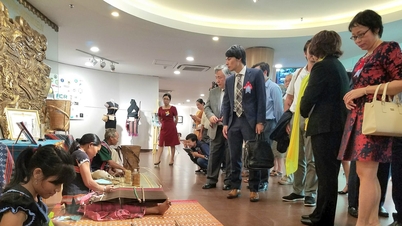










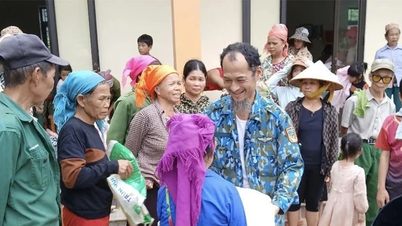



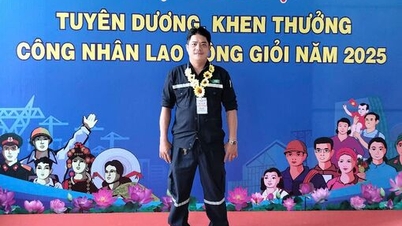







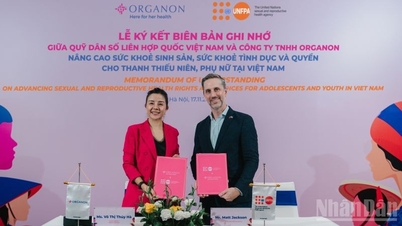










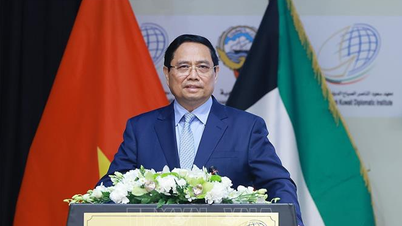
















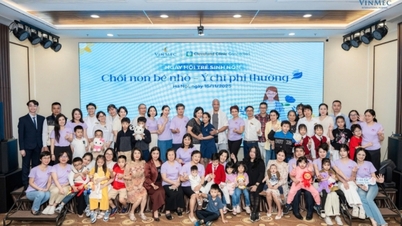


















Comment (0)